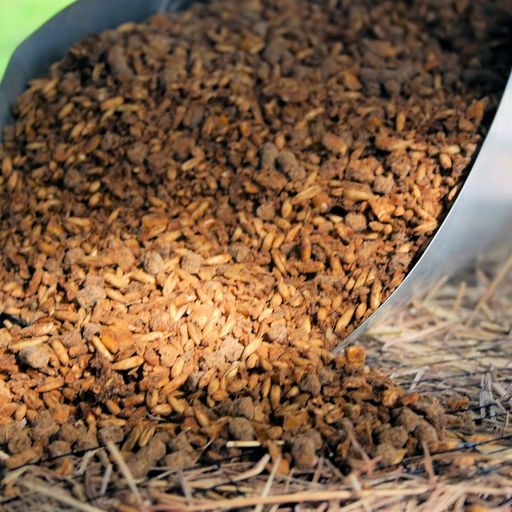Protect Your Pet
How to Keep Your Dog Safe From Lyme Disease


By the time you read this article, more than 173,259 dogs have already tested positive for Lyme disease this year — one in every 30 dogs across the United States.
Whether herding cattle, accompanying you during barn chores or simply enjoying a walk outside, your trusty dog is always by your side. If your dogs are not protected, more time outdoors could mean a heightened risk for tick bites and disease.
While summer temperatures make for thriving tick environments, your dog must receive year-round protection against ticks and the diseases they pack with them.
The Risk of Ticks
“Ticks transmit serious diseases, such as Lyme disease, Rocky Mountain Spotted Fever, Ehrlichia and Anaplasmosis, among others. These illnesses can be difficult to diagnose and dangerous if not treated early; therefore, prevention through tick control is best,” Tony Hawkins, doctor of veterinary medicine and Valley Vet Supply consulting veterinarian said.
Lyme disease is the most commonly reported vector-borne illness in the United States, according to the Centers for Disease Control and Prevention (CDC). It’s caused by the Borrelia bacteria, transmitted through the bite of an infected tick. Tick-borne illnesses can be transmitted to dogs quickly. Within only 36 hours, an attached tick can transmit the disease to its host. It is important to note that it is transferable only from an infected tick bite.
The disease is, however, zoonotic, meaning the illness affects both animals and humans. Lyme infections are most prevalent in the southern New England states, eastern Mid-Atlantic states and the upper Midwest (most notably Wisconsin and Minnesota), California and Florida.
The disease in dogs can go undetected for as many as five months before signs become recognizable, making it crucial to understand the symptoms of this condition.
Signs can include:
- A fever between 103 F and 105 F.
- Lameness and intermittent limping can occur suddenly.
- Shifting weight from leg to leg and appearing uncomfortable.
- Joint pain and swelling in one or more areas of the body.
- Your vet should check out swollen lymph nodes.
- Decreased activity, loss of appetite and overall lethargy are reasons to visit the vet.
Prevention and Protection
Tick-borne diseases can be fatal but can be prevented. From an environmental standpoint, limit your dog’s access to wooded, brushy areas and tall grass, and check them over daily for any attached ticks. Common spots ticks can hide under their front legs, between their back legs, under their collar, around their eyelids, tail and ears, and between their toes.
Several trusted tick control methods, including over-the-counter medications and prescription solutions from your veterinarian, can help you protect your dog.
Solutions include topical treatments, oral tablets or chews, and collars. For heavy tick infestations, you can also consider a tick dip to help detach harmful ticks and fleas from your dog. The frequency of application may differ by product, so refer to the product label for accurate administration and dosage to ensure both safety and efficacy.
If your dog spends extended periods of time outside playing, hunting, herding livestock or working cattle, consider the Lyme disease vaccine for ultimate protection. Long-haired breeds, like retrievers, border collies and livestock guardian dogs are also at a higher risk for exposure to ticks. Always look at their paws, ears and even groin area if your working breed spends most of the day outdoors.
Keep these insights in mind and speak with your veterinarian to learn more.
Health Tip: Humans are also at risk for Lyme disease. According to the CDC, the condition can cause the following symptoms: fever, rash, facial paralysis, irregular heartbeat and arthritis. To best prevent ticks from impacting your health, reduce exposure and treat clothing with insect repellent.
Tags:Country Critters

Acreage Life is part of the Catalyst Communications Network publication family.
















